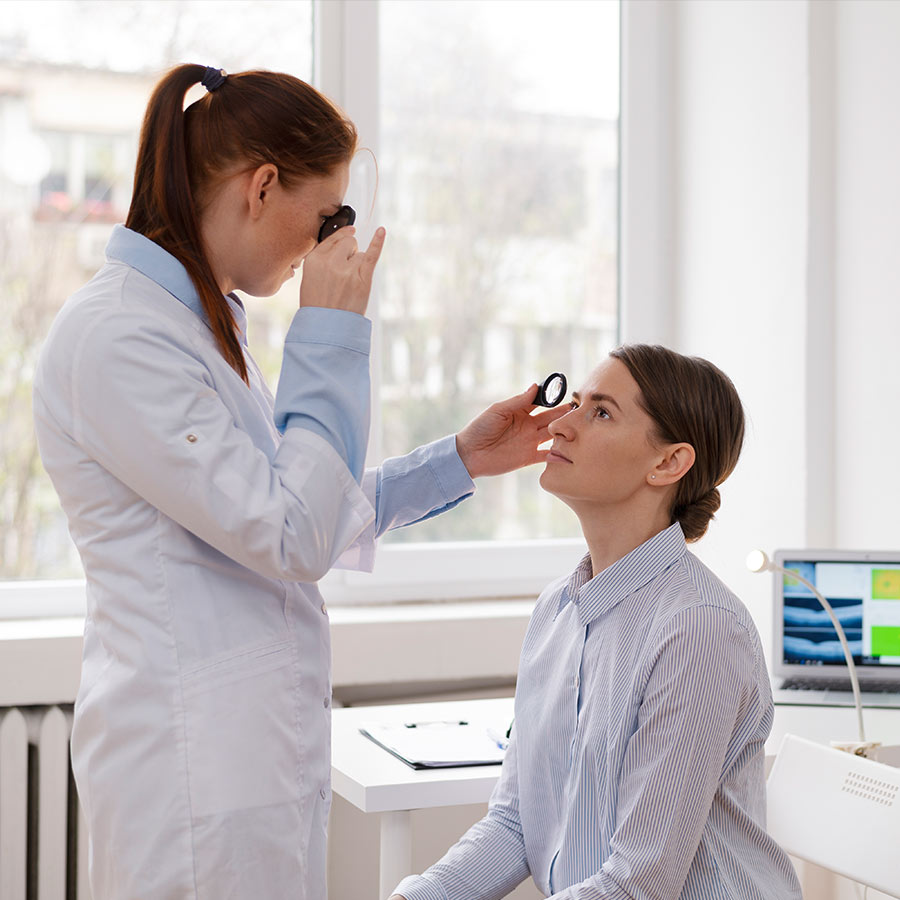I. Introduction
Glaucoma, a leading cause of blindness worldwide, is a serious eye disease that damages the optic nerve due to increased intraocular pressure. Understanding the dangers of untreated glaucoma and the importance of early detection is vital to preventing irreversible vision loss and maintaining long-term eye health.
II. Symptoms of Glaucoma
Glaucoma often develops silently, but over time, symptoms may include increased eye pressure, reduced peripheral vision, and occasionally eye redness or pain. Left untreated, these symptoms worsen, progressively damaging vision. This is why glaucoma is frequently called the silent thief of sight.
III. Dangers of Untreated Glaucoma
The primary risk of untreated glaucoma is permanent vision loss and eventual blindness caused by optic nerve damage. Beyond vision, untreated glaucoma can impact quality of life, including difficulty performing daily tasks, increased risk of falls, and mental health challenges such as anxiety or depression. Additional complications may include corneal scarring, migraines, and severe headaches from elevated eye pressure.
IV. Risk Factors
Certain individuals face a higher risk of developing glaucoma. Key risk factors include:
- Age over 60 years
- Family history of glaucoma
- Ethnic background, particularly African American, Asian, or Hispanic
- High eye pressure
- Medical conditions like diabetes and hypertension
V. Prevention and Treatment Options
Early detection through regular eye exams is essential for preventing vision loss. Treatment options aim to lower eye pressure and protect the optic nerve, including:
- Prescription eye drops
- Oral medications
- Laser therapy or surgical interventions
Lifestyle changes such as a balanced diet, regular exercise, and avoiding smoking or excess alcohol also contribute to lowering risk.
Learn about glaucoma surgery packages in local hospitals here for a detailed overview of treatment options and cost considerations.
VI. Tips for Living with Glaucoma
Managing glaucoma effectively is key to preserving vision and maintaining a good quality of life. Important strategies include:
- Following your prescribed treatment plan consistently
- Adapting to vision changes with appropriate aids and modifications
- Seeking social and professional support when needed
Prioritizing eye health through early intervention, proper treatment, and lifestyle adjustments can help prevent the severe consequences of untreated glaucoma and safeguard vision for the future.




